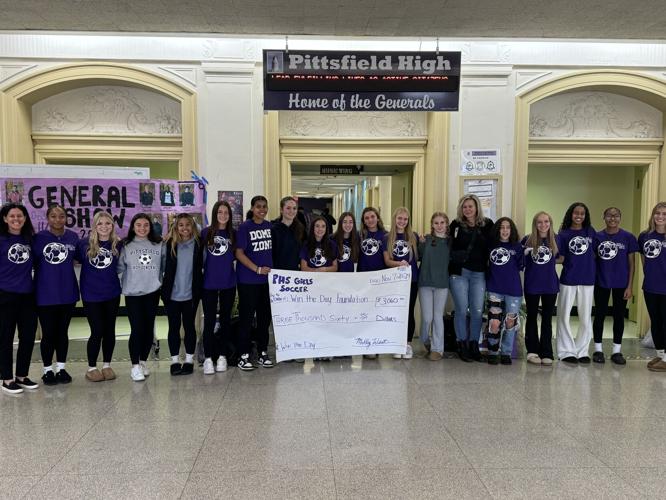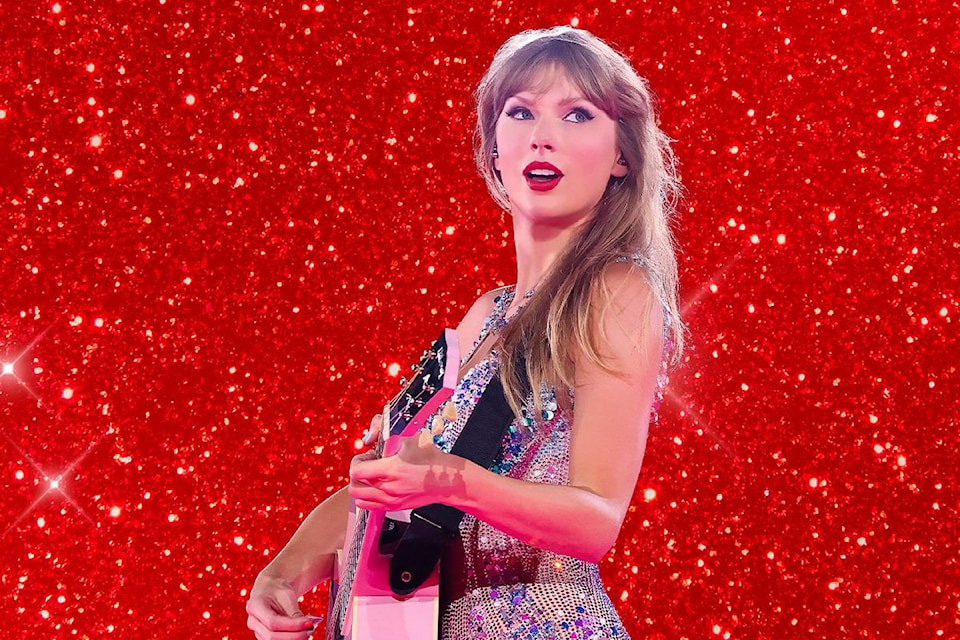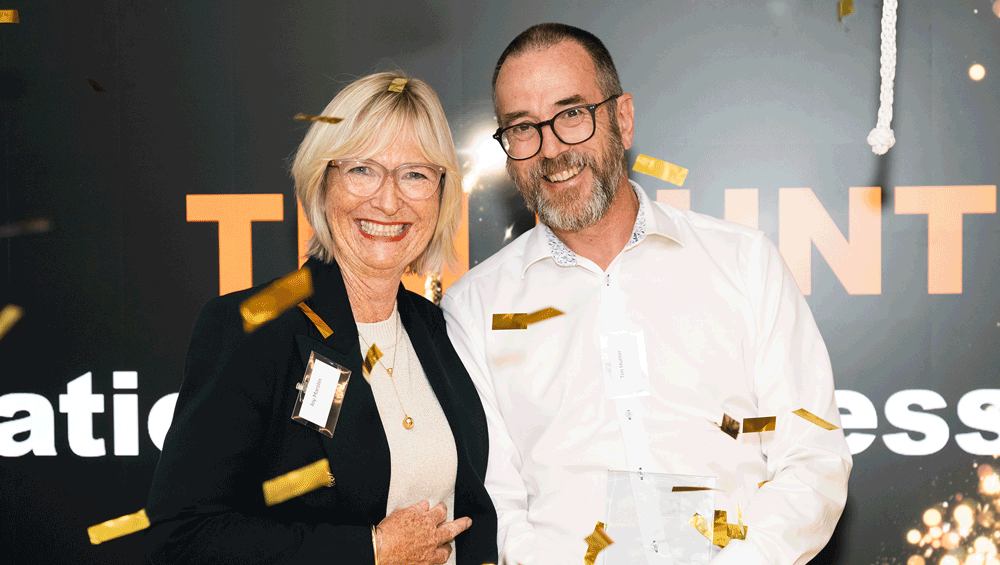
Excitement is building for the incredible murmurations the city is treated to every year as the starlings begin to return home. The awe-inspiring displays see the birds dancing and whirling across the sky for protection as they prepare to settle down for the night. Starlings group together in these magnificent spectacles across Sussex but the murmuration between the Palace Pier and the West Pier in Brighton is arguably the most famous in the county.
Starlings in Brighton in 2020 (Image: Rose Jones) Autumn roosts tend to start to form in November, although they have been known to begin as early as September and October, and continue through to early spring. As the weeks go by, murmurations swell as more and more starlings join the roost. The best time to see their aerial displays is in the early evening, just before dusk.
A starling up close (Image: Keith Wells) Starlings have already been spotted gathering at the piers. Although starling numbers look vast within the murmurations, they are dwindling due to habitat loss and the use of pesticides. Read more: Alpaca visit brings joy to care home residents Starlings in Brighton in 2021 (Image: Claire Andrews) Sussex Wildlife Trust said the species has lost half its breeding population in the last 30 years.
The starling murmurations are a much-loved sight at in Brighton and attract huge numbers of people eager to catch a glimpse of the natural phenomenon as the sun sets. Brighton Pier Group chief executive Anne Ackord said the team looks forward to welcoming the starlings back home every year. She said the birds are already starting to gather.
“Thousands of them sleep safely under the pier each night after performing their amazing murmurations,” she said. Starlings at sunset (Image: Sophie Jasmin Mitchell) “We have even named one of our cafes The Starlings Roost. “Numerous wildlife programmes have featured the starlings over the years but we especially look forward to welcoming the hundreds of local people who come to watch the starlings each evening.
“The numbers will gradually build and currently they are gathering around 6.15pm but that will be earlier as winter progresses. “The middle of the pier is the best vantage point and you can hear them as they settle underneath.
Starlings in January this year (Image: Claire Andrews) “We have information boards there that explain what we can do to help these amazing birds as their numbers decrease due to human activity like pesticides spoiling their food supply.” Kerry Williams, communication officer at Sussex Wildlife Trust, who runs the trust’s free wildlife advice service explained the purpose of the murmurations in more detail. “Starling murmurations are one of the UK's finest wildlife spectacles and we are lucky enough in Sussex to have a reliable spot to witness them at the Palace Pier,” she said.
West Pier behind the starling murmuration last season (Image: Emma Crosby) “Starlings murmurate prior to roosting for the night, so these displays are typically seen near roost sites. “The birds join in huge numbers to sky-dance their way out of predation, before snuggling up for the night, whether in reed beds, trees, or under the boards of the pier. Safety in numbers is a key reason for the sheer size of their gatherings, and one which requires ample and undisturbed space.
“It can be difficult to comprehend when you’re watching 40,000 birds whirling overhead that starlings have lost over half their breeding population in the last 30 years. Among other threats, habitat loss is a key reason for this decline, so it's vitally important that we protect roosting and feeding sites for these birds.”.













